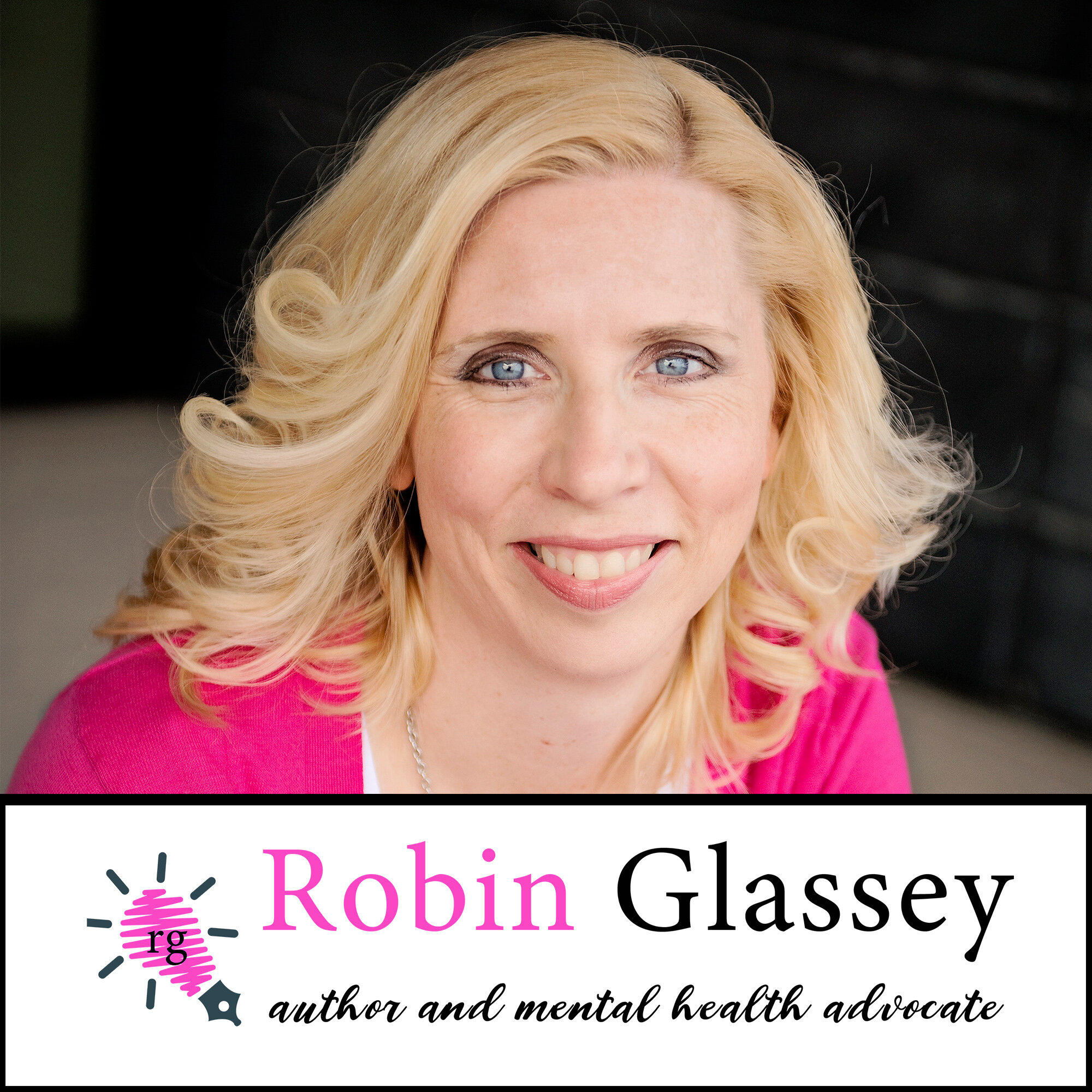COVID-19 and Disparity: The Danger of Placing Physical Health above Mental Health
As we enter 2021, politicians, policy makers, and healthcare professionals in the U.S. continue to value the physical well-being of individuals above their mental health. Facility closures, quarantines, and on-going restrictions may address physical safety, but without equally addressing mental health costs. As long as our leaders continue to devalue the mental health of American citizens, they will continue to write policies that will devalue citizens struggling with mental health challenges.
WHAT IS DISPARITY?
Simply put, disparity is a great difference. Some steps have been taken to bridge the gap between physical and mental health treatment such as the passing of the Mental Health Parity Act (MHPA) in 1996.
Despite the passage of this act, however, individuals and families continue to struggle with numerous barriers when it comes to obtaining insurance coverage for mental health treatment.
Creating a law to reduce disparity sounds wonderful. It should be simple to get insurance companies to fall in line with complying with this law. As simple as navigating their automated system. Or as simple as getting your insurance appeal approved.
The fact is, they’re not complying.
On November 20, 2019, Milliman, Inc released a study on this very topic. The study covered 37 million employees and their dependents over 50 states for hundreds of insurance plans. Instead of narrowing the gap between physical and mental health, the study shows that the gap is widening.
"These access problems are about more than just reimbursements,” said Mark Covall, president and CEO of the National Association for Behavioral Healthcare (NABH) and Parity Implementation Coalition Co-Chair. “Our evidence shows that health plans limit in-network providers, do not credential new providers in a timely manner, pay significantly lower rates for in-network care, and apply extreme utilization-review tactics that are not based on medically necessary care.”
The term “medically necessary care” is a term insurance companies throw at families often in attempts to limit paying for mental health benefits claims. They also don’t provide the “standards” that they base their decisions on.
The study also revealed:
Out-of-network use disparities
From 2013 to 2017, the disparity between how often behavioral inpatient facilities are utilized out-of-network relative to medical/surgical inpatient facilities has increased from 2.8 times more likely to 5.2 times more likely, an 85% increase in disparities over 5 years.
Over the same 5 years, the disparity for behavioral health office visits relative to medical/surgical primary care office visits has increased from 5.0 times (500%) more likely to 5.4 times (540%) more likely, an 8% increase in disparities.
If you’ve ever tried to access mental health benefits, these statistics will make sense. Because of the limits on in-network providers that was mentioned earlier, many are forced to use out-of-network providers to get help. These limitations become extremely costly for families who must seek long-term in-patient treatment for a child with extreme mental illness.
The physical well-being of Americans is important. Our mental well-being is no less important, however. The Mental Health Parity Law was passed to help equalize the treatment of physical and mental health in the insurance arena.
During this time of COVID-19, our leaders in various organizations continue to send the message that our physical health supersedes that of our mental health instead of being equal to it. As long as this message continues to be sent, we can expect the mental health crisis in America to continue to grow along with the disparity between physical health and mental health treatment.
Insurance companies will continue to rework their systems to limit in-network mental health providers and benefits. They will continue to discriminate against mental health claims. And as a result, those who are the most vulnerable from accessing and receiving the help they need and deserve by law will fall through the cracks.
Is physical health important? Absolutely.
Should our mental health pay the price? Absolutely not.
What better time than now to reevaluate American attitudes between physical and mental health and realign our priorities.
Giving lip service to the importance of mental health isn’t enough. It’s past time for the leaders across our country to address the mental health crisis and not just decrease the disparity, but even the scales of justice.
It’s time for equality for mental health treatment.


